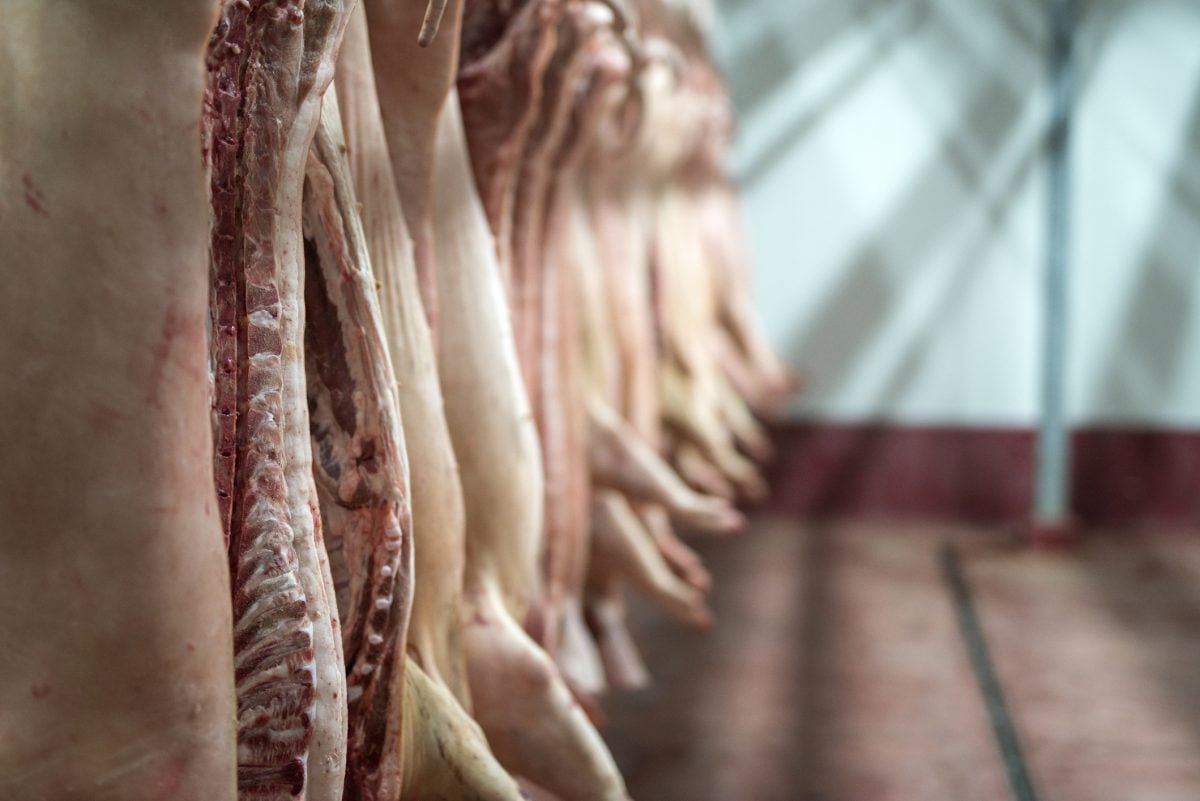A new study suggests a novel approach to conserving the world’s fish stocks: stop feeding fish to farm animals.
Thirty-six per cent (30 million tons) of the world’s total annual fish catch is currently ground into fishmeal and oil to feed farmed pigs, chickens and fish. Pigs and chickens alone consume six times as much seafood as U.S. consumers do and twice as much as Japanese consumers, according to the study’s authors.
“Ultimately, these farm animals have a greater impact on our seafood supplies than the most successful seafood certification program,” said lead author Jennifer Jacquet, a post-doctoral fellow at the University of British Columbia’s Fisheries Centre.
Read Also

U.S. livestock: Cattle slip back, hogs gain
Chicago cattle futures slipped back on Friday after Thursday’s pause. Hog futures crept upward. Most-active December live cattle futures closed…
The industry should work toward eliminating the use of fish in livestock production, especially since fish isn’t a natural part of farm animals’ diet, said co-author Daniel Pauley, a UBC fisheries researcher.
“When is the last time you saw a chicken fishing?” he asked.
Pauly called it ironic that, while fishmeal is being fed to animals, 25 per cent of infants in Peru, which produces half of the world’s fishmeal using anchovies, are malnourished.
The study titled “Conserving Wild Fish in a Sea of Market-Based Efforts” appeared online this week in Oryx: The International Journal of Conservation. Its authors include nine of the world’s leading fisheries and conservation researchers, including four from UBC.
The article reviewed the effectiveness of past conservation campaigns and proposed new strategies for quicker and bigger changes.
The authors say finding alternative feed sources for farm animals will significant reduce pressure on the world’s dwindling fisheries while contributing to climate change.
They also say sustainable seafood campaigns focus on consumers but ignore large-scale market impacts, such as farming demand for fishmeal. As a result, such campaigns fail to reach their goals.
Jacquet said publicity programs promoting sustainable seafood use should target large supermarket chains instead of just trying to raise consumer awareness. It’s estimated over 60 per cent of seafood in Canada and 50 per cent in the U.S. is sold through supermarkets.
















